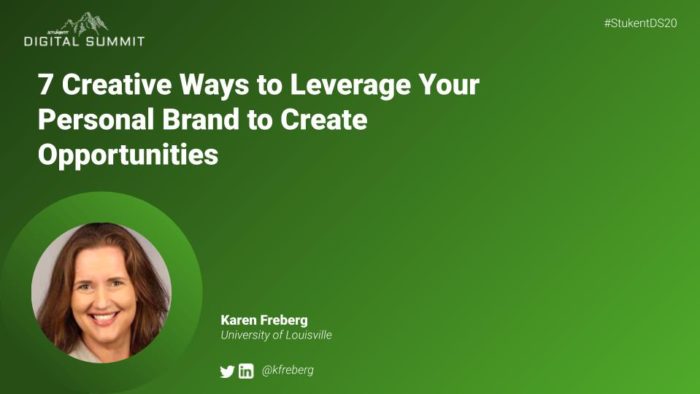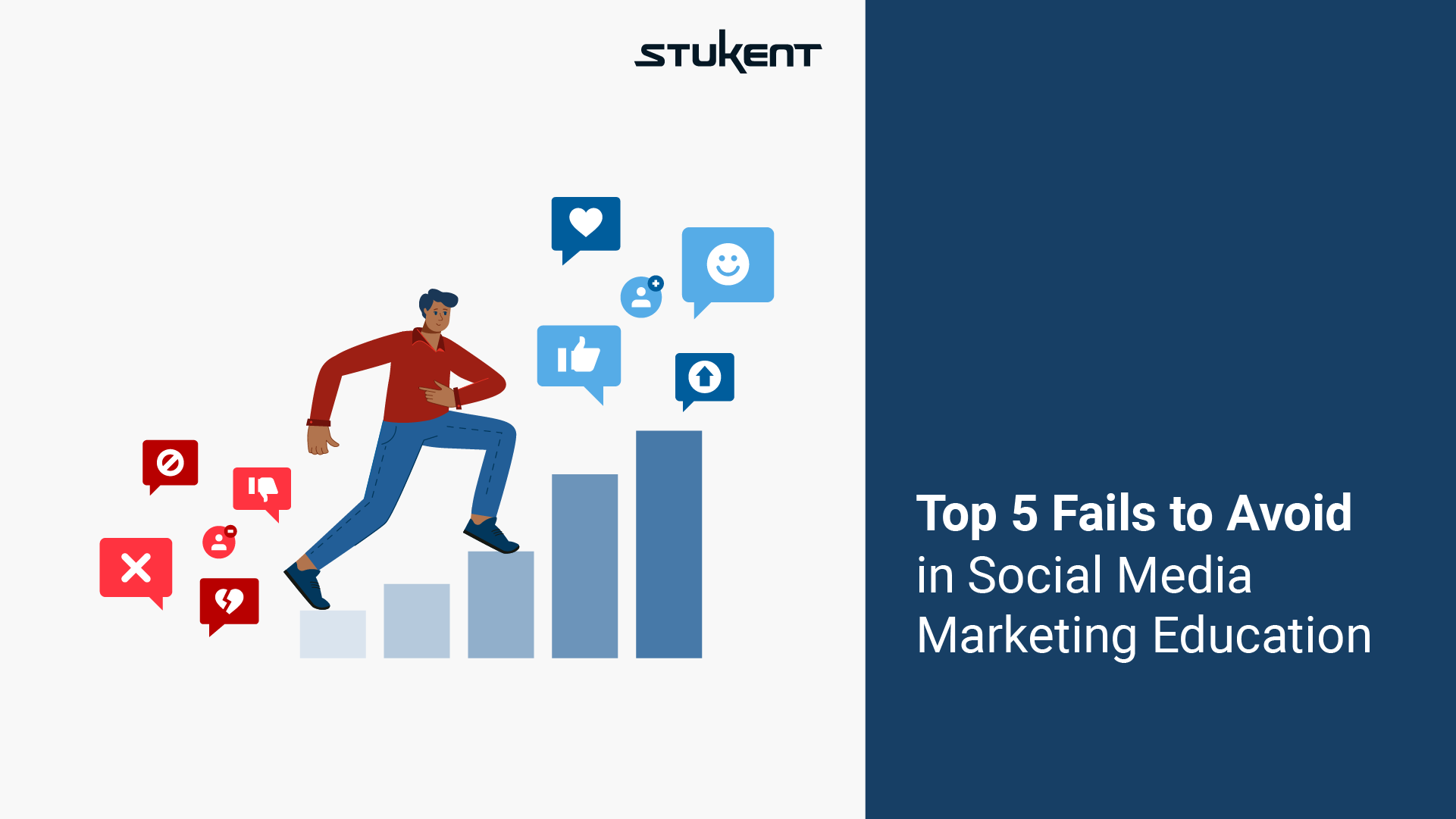A brief decade ago, all but the most progressive companies were wary of social media participation. Facebook, Twitter, and others were seen as too risky. Irate customers and trolls could say anything they wanted. Companies on social media had to relinquish considerable control over the content. And there seemed to be no way to quantify the return on investment. So, companies stayed away. Many even prohibited employees from discussing the company (or even revealing they worked for the company) on social platforms.
One thing became painfully apparent, though: the choice wasn’t about whether a company would be talked about on social media. The only question became, “Will your company join that conversation?” It’s a clear-cut case of nowhere to hide.
Today, companies once reluctant to divert marketing budget to social media leverage social presence to attract customers and boost sales.

This article points out areas seen as most problematic in the social media marketing education space. It is hoped that school administrators and program directors take notice and audit their social media marketing education offerings to see how they correspond to the five points below. There is also information on the Essentials of Social Media Marketing bundle, which can help educators avoid the five problems listed here.
Fail #1: Not Providing Real-world Experience
Digital marketing professors with a lot of industry contacts leverage those relationships to benefit students. For insight on this, watch Dr. Karen Freberg’s Stukent Digital Summit presentation “7 Creative Ways to Leverage Your Personal Brand to Create Opportunities.”
Karen knows how to build partnerships with brands and loves to show other instructors exactly how to create such connections for themselves.

Students who help develop and manage social media campaigns before graduation are a giant step ahead of students who don’t. They get a taste of how social media teams operate. Social media marketing professionals do much more than just create Facebook posts and Twitter tweets; they help build and protect a brand. Schools that provide a deeper experience in social media marketing do their students and their student’s future employers a massive favor.
Fail #2: Forgetting the Importance of Analytics
“If you can’t measure it, you can’t manage it.” That maxim has been around a long time. The problem is that measuring social media results isn’t all that easy. It requires special tools and techniques that most people are unaware of. Experts in this arena are tough to find.
Whether your school bundles social media analytics with primary digital marketing analytics courses or chooses to create a special analytics section dedicated to social media, analytics is a crucial topic. After all, “If you can’t measure it, you can’t manage it.”
Fail #3: Not Keeping Up with New Developments
Not only do new social channels surface (and disappear) regularly, but the design and capabilities of the platforms are constantly in flux.
Keeping up with new developments is essential. Don’t let the graveyard of discarded social media channels scare you away. Given that social platforms like Meerkat and Periscope can gain popularity quickly… then suddenly disappear… or flagship sites like the Google Plus platform (once thought to be Google’s new anchor spot) go down without hardly rocking the social media boat, it’s easy to dismiss all developments as sporadic and unstable.
TikTok is a current case in point. Will the platform continue to gain users, or will it suddenly drop from favor? Why should a school go through the trouble of launching a TikTok course when the platform could fail before the year ends?
The idea is not to create special training for every emerging social channel, but to show students how to keep up with changes, leverage platforms that fit a company’s audience demographics, and avoid getting pulled off track by the next flavor of the month.
Fail #4: Not Emphasizing How to Leverage Social Media to Build a Personal Brand
Digital marketers often excel at helping build the company brand but neglect to work on their personal brands. That’s a fail that should be emphasized in every social media marketing course.

Not only does a strong personal brand help job seekers differentiate themselves as savvy social marketers in job interviews, but potential clients may look beyond the company’s social media presence by reviewing the social media marketing team’s individual qualifications.
In other words, a student’s social media presence — and the personal brand built from it — can not only affect the employability of the student but can even influence their team’s ability to land the next big job. Personal brands are important, but they are an aspect of many social media marketing classes that unfortunately gets overlooked.
Fail #5: Not Giving Enough Focus to Social Media Advertising
A decade ago companies were correct about the difficulty of assessing the ROI of their social media budgets. And determining ROI is still not easy to accomplish. When companies advertise on social media, though, results can be much more apparent, if someone on the team knows how to work with ad management tools and create A/B testing protocols.
Organic results from social media died off a long time ago. Those platforms don’t get paid for promoting content for free. Their money comes from advertisers, and companies that know how to generate sales from social media ads can unlock a sizable revenue stream. Digital marketing programs that provide serious instruction on social media advertising provide the value companies need.
How to Teach the Essentials of Social Media Marketing
To teach a stellar social media marketing course, you need to provide real-world experience, emphasize the importance of analytics, keep up with new social developments, and focus on social media advertising benefits.
Stukent works to keep up with the rapidly changing world of social media marketing and creates resources to help instructors maintain relevance and improve their classes. For an example, check out the Essentials of Social Media Marketing Bundle, which includes digital courseware updated annually and the hands-on Mimic Social simulation.

The courseware’s three case studies, 18 lesson plans, over 40 online assignments, and more than 200 test bank questions team with the multi-round simulation in which students manage a $50,000 social media budget. These and other elements of the bundle provide professors with an easy tool kit to effectively teach social media marketing.
For free instructor access to the Essentials of Social Media Marketing bundle, click this link.






